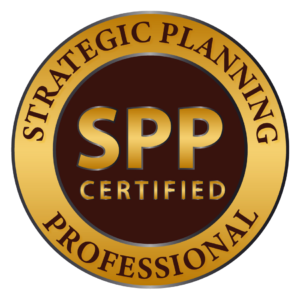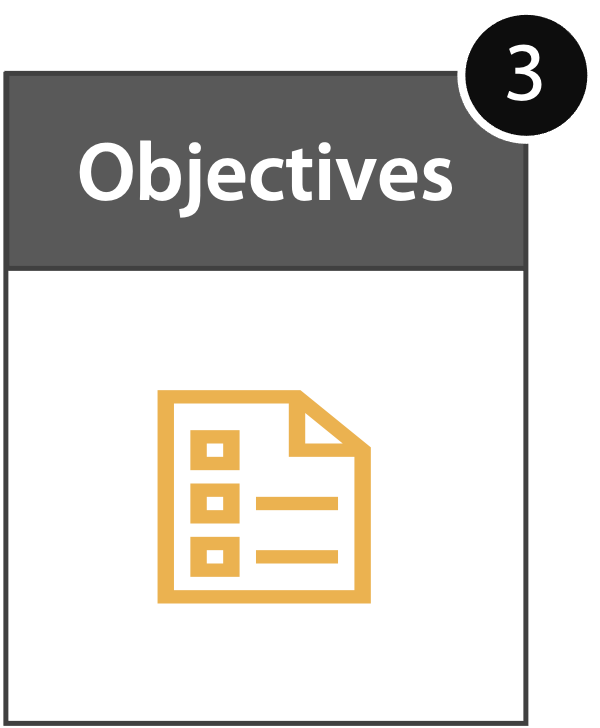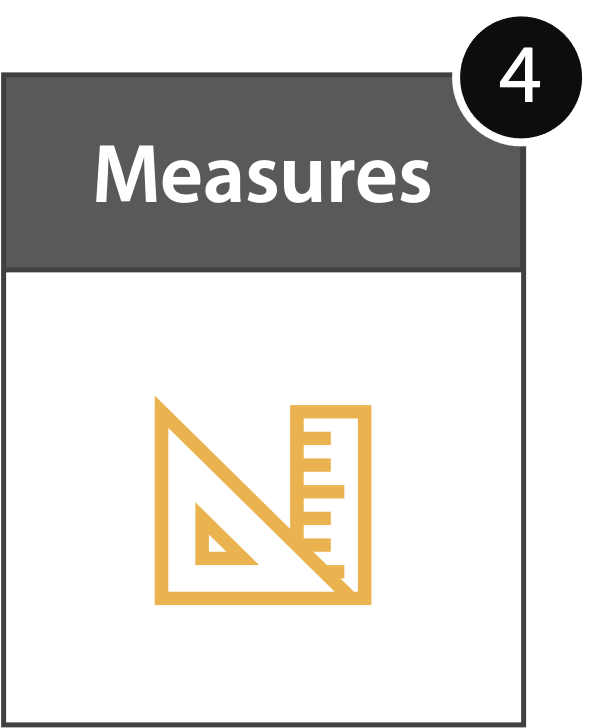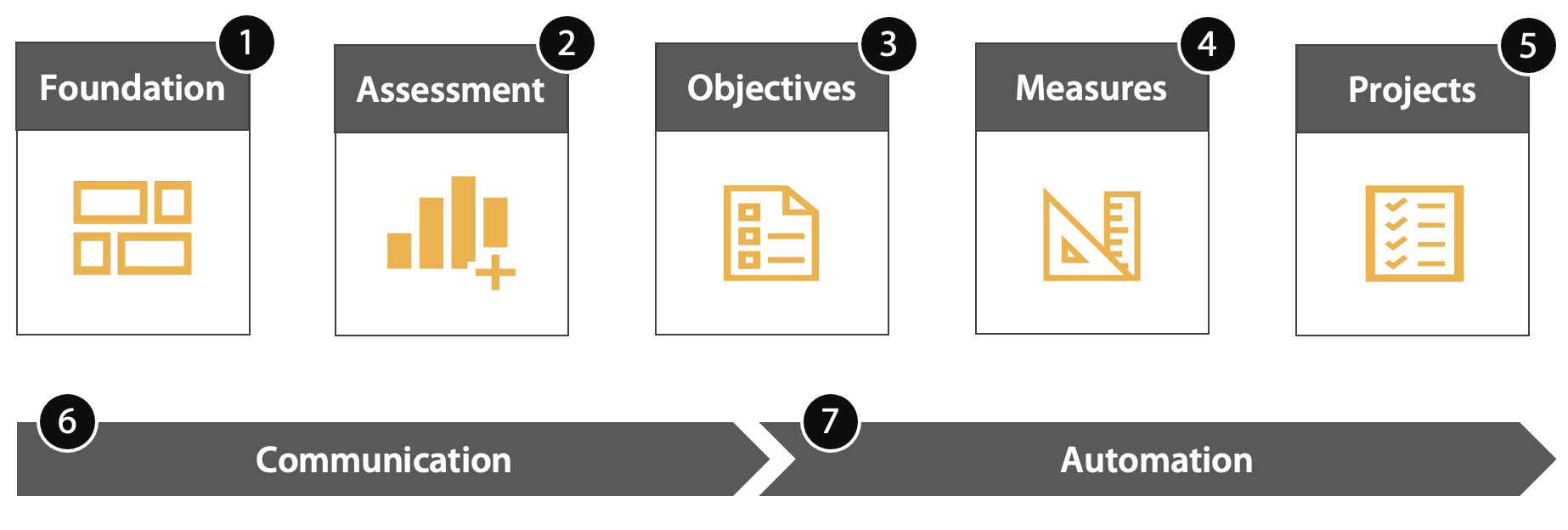Strategic Planning Process
Strategic Planning Process
Demystifying strategic planning with Intrafocus
Strategic Planning Process (SPP)
Most organisations are good at writing strategies; very few are good at implementing and managing them. The Strategic Planning Process (SPP) is a tried and tested methodology used to define and implement a strategy.
The Strategic Planning Process (SPP) has seven steps. The e-book will take you through each step. It provides clear guidance on how to set up and run workshops, engage your staff and write an effective strategy.
The Seven Steps
1. Foundation
What are the foundational elements of your business or organisation? Before you attempt to develop a strategy, you need to be very clear about who you are and what you want to achieve. The foundation examines three elements, Core Values, Vision and Purpose. Once these three things have been established, you will be ready for step two, the assessment.
2. Assessment
The assessment will turn your vision and purpose into a shortlist of strategic priorities. Using techniques like gap analysis, strategy canvas, SWOT and benchmarking, your vision will be broken down into three or four manageable work areas. These strategic priorities will inform the next step, Strategic Objectives.
3. Strategic Objectives
Strategic objectives break down the strategic priorities into ‘workable’ items. They are continuous improvement activities assigned to individuals and usually fall under four categories: Financial, Customer, Internal Processes and Organisational Capacity.
4. Measures
Frequently referred to as Key Performance Indicators (KPI) a KPI is something that can be counted and compared. It provides evidence of the degree to which an objective is attained over a specified time. In short, it measures how well you’re achieving your objectives. This will allow you to chart your progress.
5. Projects
Activities resulting from a strategic planning process usually take two forms – remedial actions (things that fix a problem) and strategic projects (to promote change). Identifying both will enable you to drive your strategy forward. Projects are left to the end of the process intentionally. First, figure out where to go (Vision & Priorities), then what you want to achieve (Objectives and Measures) and only then how to get there (Projects).
6. Communication
Don’t leave communication to the end of the process! You should start planning your communication package as soon as you have a set of strategic objectives. You might not implement your communications plan at this point, but you should be thinking about how to communicate the plan.
7. Automation
If you are serious about implementing your strategy, you must build your vision, purpose, priorities, objectives, KPIs, targets and projects into a software system. Do not be fooled into thinking this can be achieved with spreadsheets and presentations. If that is what you intend to do, then you need a strategic objective called ‘Improve our Strategic Process!”
To get the most out of the Strategic Planning Process download the Strategic Planning Workbook, the Strategic Plan Summary one-page presentation and the Strategic Plan Template from the Intrafocus website.
Strategic Planning Professional
Become Certified in the Strategic Planning Process (SPP) by attending one of our strategy workshops. Work with your team at your location and with your strategy. Our facilitator will take you through the full Strategic Planning Process.









